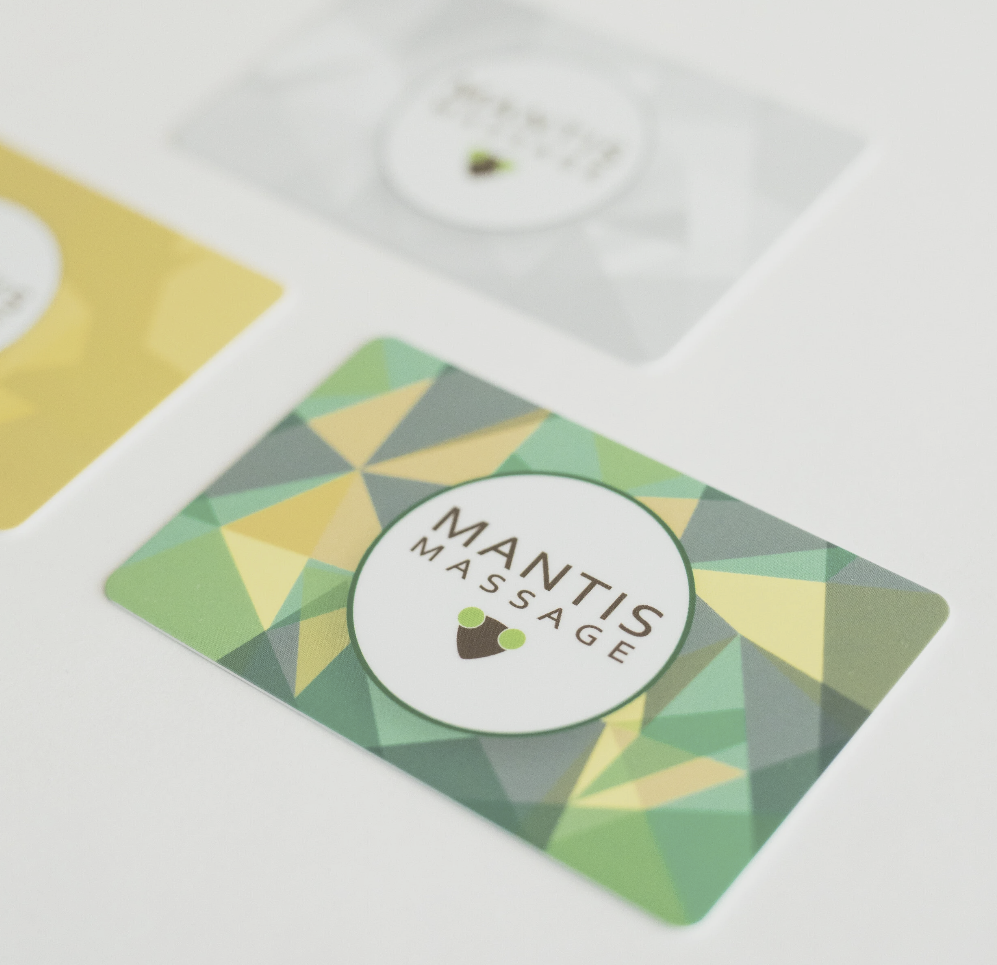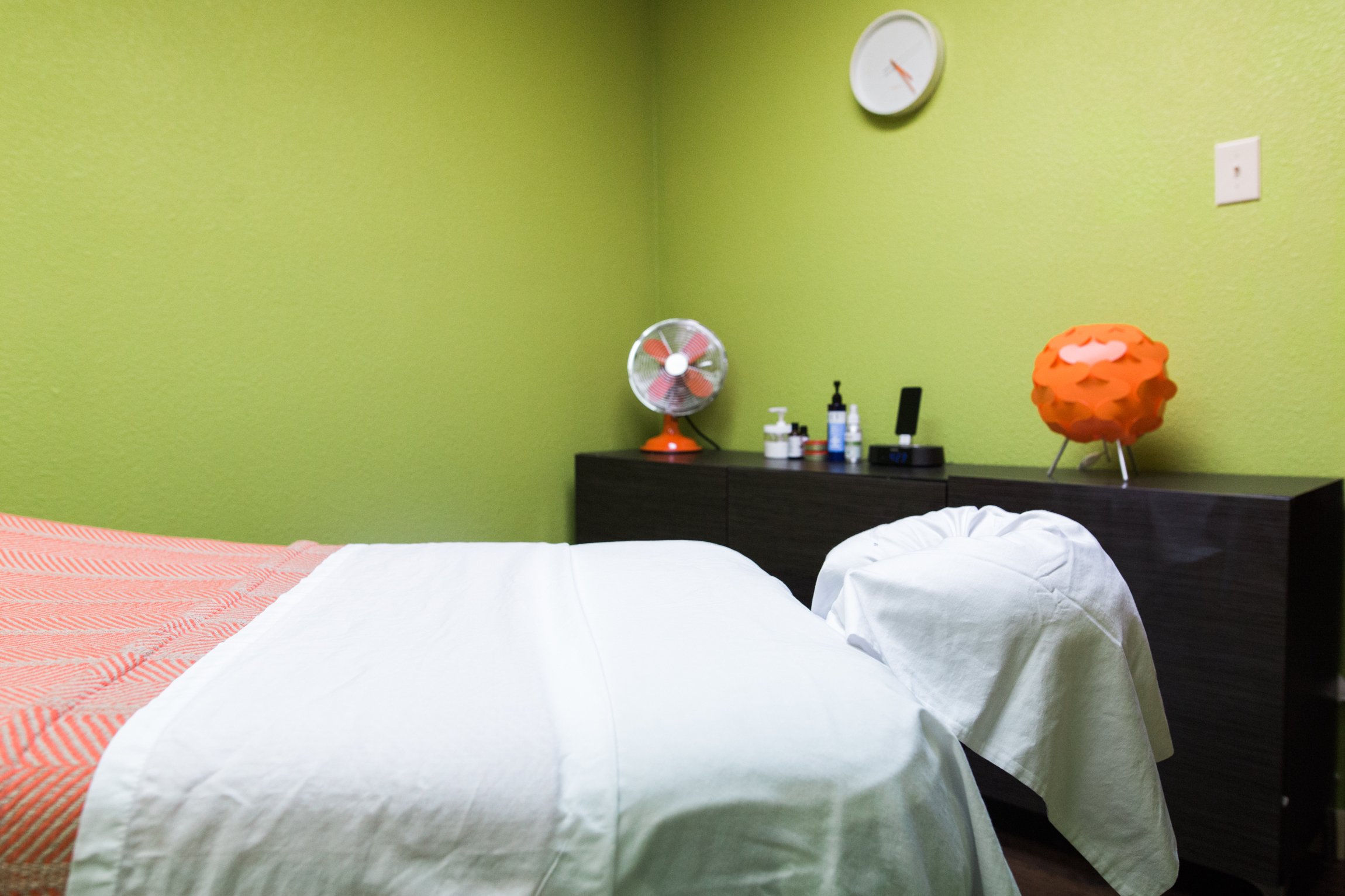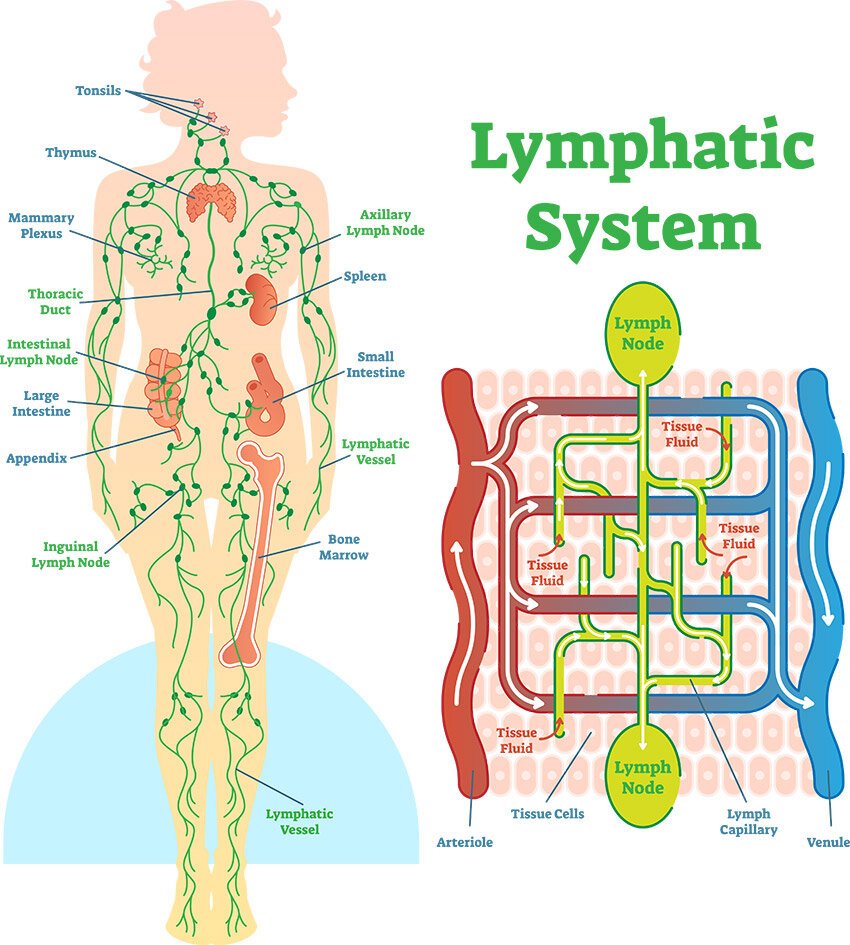Holiday Gifting Made Easy: Why Massage Therapy Tops Every Austin Wish List
/There’s always that one person on your list who’s impossible to shop for. They seem to just buy whatever it is they want throughout the year, they already have all the latest gadgets — and let’s be honest, nobody’s ever said, “yet another mug is exactly what I wanted!”
What we’re all secretly hoping for is a gift that makes us feel better.Everyone’s feeling it: tight shoulders from too much screen time, simmering stress that never quite lets up, and that ever-growing pile of “stuff” at home. One that doesn’t just lead to more clutter, but one that’s thoughtful and kind of essential.
That’s why giving the gift of massage is perfect. You’re not just wrapping a box to check off something on your gift list — you’re giving someone an experience and something their mind and body will thank you for long after the holidays are over.
The Gift That Says “I’ve Got Your Back” (Literally)
Giving a massage says “I see how hard you work, and I care about how you feel” — not just on the surface, but genuinely. When you gift a massage, you’re offering a loved one permission to pause, unwind, and prioritize their own well-being. It’s a boost for physical and mental health, a major win for aches and chronic pain, and something that actually leaves people feeling better.
You’re also offering an experience — which any good research shows brings more long-term happiness than physical things. And unlike the “nice thought” category of gifts, nobody tucks a massage away and forgets about it.
Why a Massage Is the Zero-Regret Gift Every Time
The sad reality is that most people don’t remember what they got for the holidays in years past. But everyone remembers how a truly good massage feels. And they love to talk about it. Massage therapy is one of those rare gifts that’s universally appreciated (and actually used). Here’s why:
Zero clutter. You’re making it easy for someone you love to finally book the self-care they’ve been putting off.
It’s guilt-free ‘me time.’ Many of us won’t book a massage for ourselves, but when it comes from someone else, it suddenly feels totally okay to finally slow down and enjoy it.
Fits every lifestyle. Whether they’re a marathoner, over-caffeinated office worker, parent, musician, or cousin that has “everything,” everyone benefits from a great massage therapist who knows their stuff.
Proven health benefits. Serious stress reduction, better sleep, improved immune function, “wow, I feel human again” type energy, and even mental health (science-backed and therapist-approved).
Bonus: If you choose Mantis, the dollars you spend on a massage stay right here in Austin, supporting a local, woman-owned business. Good on you!
Giving a massage means giving all of that — with zero wrapping paper, and no risk of getting the wrong shirt size.
How to Give the Gift of Massage — No Stress Required
When it comes to presenting your gift, there are more options than ever:
Traditional gift certificates or modern e-gift cards for instant and easy gift-giving.
Flexible booking — recipients can choose the massage type and timing that fits their life.
For those who believe in self-care all year, Mantis Massage even offers packages for ongoing wellness.
Pro Tip: Watch for Holiday (and Black Friday) Deals
If you want your gift to go even further, the holidays (especially Black Friday and Cyber Monday) often come with special offers on gift cards or packages. Mantis always has something special lined up for Black Friday and Cyber Monday. Keep an eye out online for this year’s package promo. Your wallet and your giftee will thank you.
Give the gift of massage therapy this holiday — Austin’s favorite experience gift, perfect for anyone who could use less stress and more real relief.
FAQs: Gifting Mantis Massage in Austin
How do Mantis Massage gift cards work?
You can purchase either a digital or physical Mantis Massage gift card — making it easy to send wellness to anyone in Austin or beyond. Gift cards are perfect for any occasion and are redeemable for any type of massage therapy session at our Austin studios.
Can I buy a massage package as a gift?
Absolutely! Our massage therapy packages make it easy to give multiple sessions — ideal for anyone needing regular relief from tension, muscle knots, or chronic pain. Packages can be purchased online.
What types of massage therapy can you get with a gift card or package?
Recipients can use their Mantis Massage gift card or package for any of our offerings, including deep tissue massage, corrective massage, Swedish massage, sports massage, pre-natal, and more — all by our skilled massage therapists in Austin who use a variety of proven massage techniques tailored to your needs.
How long do Mantis Massage gift cards last?
Our gift cards never expire! Whether your recipient books their massage next week or in a few months, their massage therapy session will be ready and waiting when they need it.
Why choose a massage therapy gift card from Mantis?
Mantis Massage is a locally owned, top-rated massage studio with two locations in Austin offering everything from relief for muscle pain to deep relaxation. Our gift cards and packages let you support local, give a gift that’s actually used, and share the benefits of massage therapy with anyone on your list. Plus, we’re considered the best massage for pain relief in Austin, and your loved ones deserve the very best, don’t you think?






















